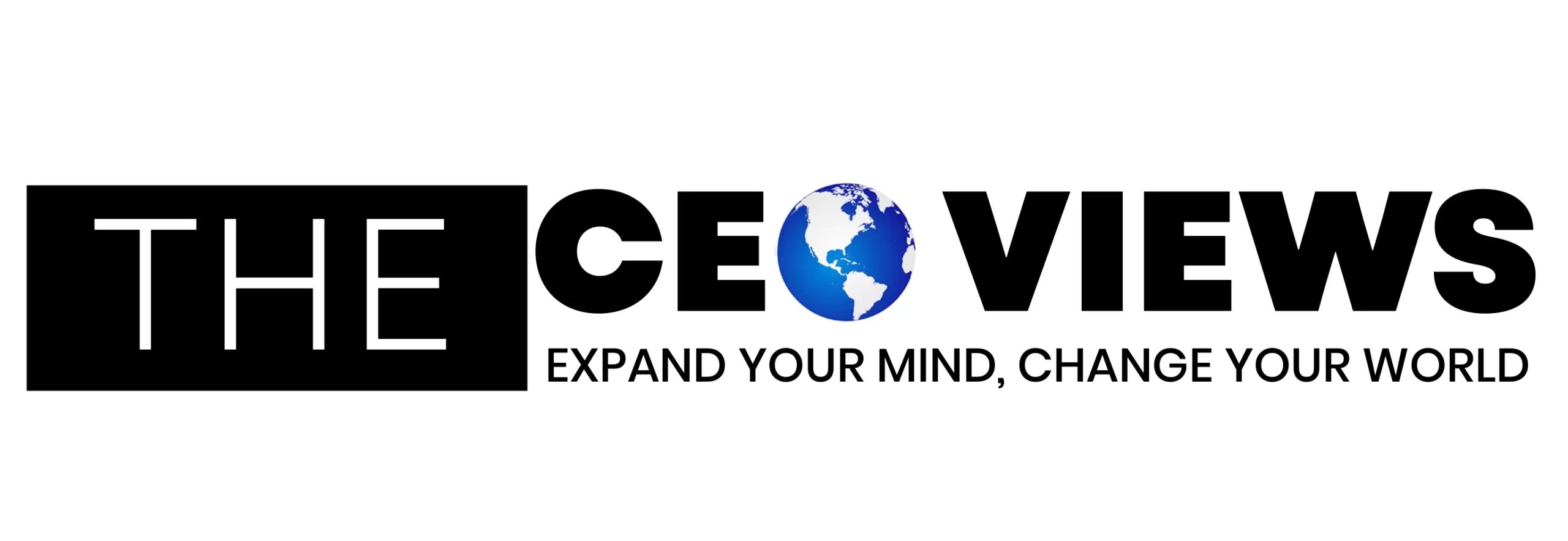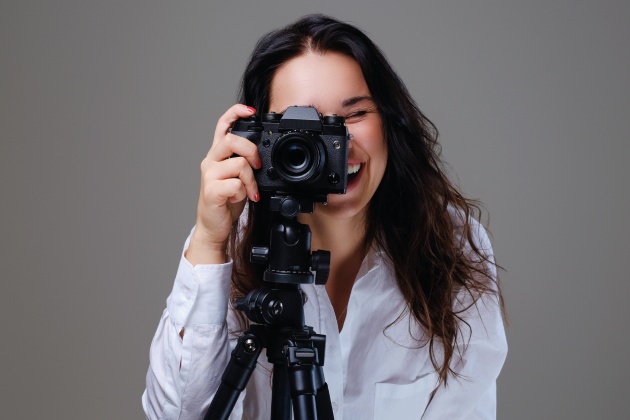In today’s competitive business environment, visuals are more powerful than ever. Customers form opinions about a company in just seconds, often before they read a single word of text. Whether they land on your website, browse an online shop, or see your brand on social media, the quality of your images plays a critical role in shaping perception. Yet many small and even medium-sized businesses still rely on stock images or amateur snapshots to represent themselves. The problem with this approach is that generic or low-quality visuals fail to build trust, and in some cases, they can even damage a brand’s credibility.
This is where professional commercial photography comes in. Unlike casual photography, commercial images are created with a specific business purpose in mind: to highlight products, services, or people in the best possible light. By investing in commercial photography, businesses of any size can improve their brand image, attract customers, and ultimately boost sales. Let’s take a closer look at what commercial photography is, its main types, and the five reasons why every business can benefit from it.
What Is Commercial Photography?
Commercial photography is the practice of creating images with the intent to market, promote, or sell a product or service. Unlike personal or artistic photography, which is often focused on creativity or storytelling for its own sake, commercial photography is business-driven. Its goal is to attract attention, highlight value, and persuade a target audience to take action.
“If you’re wondering whether a photo counts as commercial, just ask yourself: is it going to help sell or advertise something? If so, it’s commercial photography,” says commercial photographer – Daria Koso.
A professional photographer doesn’t just take pictures. They work with businesses to understand brand identity, target audience, and goals. Every element—lighting, composition, styling, and editing—is carefully managed so the images reflect the company’s message and values. This makes commercial photography not just a technical service, but a key part of brand communication and marketing
Types of Commercial Photography
Commercial photography is a broad field with different specialties that serve a variety of industries. Here are the most common types:
- Product Photography – High-quality, detailed images that showcase products for e-commerce, catalogs, and advertising campaigns. Product photography focuses on clarity and accuracy, helping customers make informed purchase decisions.
- Lifestyle Photography – Images that show products or services in real-life situations. This style helps potential customers imagine how they might use or enjoy what’s being offered.
- Corporate Portraits and Headshots – Professional photos of executives and employees. These are widely used on websites, LinkedIn profiles, press releases, and internal materials.
- Architectural and Real Estate Photography – Pictures that highlight office buildings, hotels, restaurants, or commercial properties. These images are essential for industries where location and space are key selling points.
- Event Photography – Coverage of conferences, product launches, and corporate events. These photos are often used for press, marketing recaps, and social media promotion.
These categories illustrate how flexible commercial photography can be. Regardless of industry—retail, technology, hospitality, healthcare, or real estate—every business can benefit from professional visuals tailored to its audience.
Why Your Business Needs Commercial Photography
Reason #1: First Impressions Shape Decisions
First impressions can make or break a business relationship. Studies show that visuals are processed far faster than text, meaning your imagery often defines customer perception before they’ve read a word. Poor-quality or generic stock photos suggest a lack of professionalism, while high-quality commercial images instantly communicate credibility and trust. Whether it’s polished product shots or professional headshots of your team, a commercial photographer ensures your brand is represented with authority from the very first glance.
Reason #2: Boosting Sales and Conversions
High-quality visuals don’t just look good—they directly influence purchasing behavior. For e-commerce stores, clear and detailed product photography can significantly increase conversion rates. Customers are more likely to purchase when they can see a product’s features up close. Service businesses also benefit: showcasing your team, facilities, or projects builds client confidence. Marketing campaigns with strong visuals consistently achieve higher engagement, better click-through rates, and stronger returns on investment.
Reason #3: Strengthening Brand Identity
A brand is more than a logo; it’s an entire experience. Photography plays a central role in building and maintaining that experience. A commercial photographer works to create a consistent visual style that aligns with your brand’s voice and values. Whether it’s a series of corporate portraits, lifestyle shots, or event coverage, each image is crafted to reinforce brand identity. This consistency builds recognition and strengthens customer loyalty over time.
Reason #4: Multi-Channel Impact
One professional photoshoot can deliver a versatile set of assets that serve multiple purposes. The same images can be used on your website, social media platforms, printed brochures, press releases, and advertising campaigns. This not only saves time and money but also ensures your brand looks consistent wherever it appears. Having a library of professional images on hand also makes it easier to respond quickly to PR opportunities, product launches, or seasonal marketing campaigns.
Reason #5: Long-Term Investment
Hiring a commercial photographer may seem like an upfront expense, but it’s better understood as a long-term investment. Professional images maintain their quality and relevance over time, meaning they can be repurposed across multiple campaigns and platforms. This reduces the need for frequent reshoots and ensures your brand is always represented at a high standard. The cost of not investing—lost sales, weakened branding, or missed opportunities—can be far greater than the price of professional photography.
Conclusion
Commercial photography is no longer a luxury reserved for large corporations. It has become an essential tool for businesses of all sizes that want to stand out, build trust, and compete effectively. From making strong first impressions to driving sales, reinforcing brand identity, and providing long-term value, the benefits are clear.
In a world where visual communication dominates, every business should consider professional photography as part of its growth strategy. Whether you need product images, corporate portraits, or event coverage, a commercial photographer delivers results that amateur snapshots and stock photos never can. By investing in high-quality visuals, you are investing in the future success of your business.










